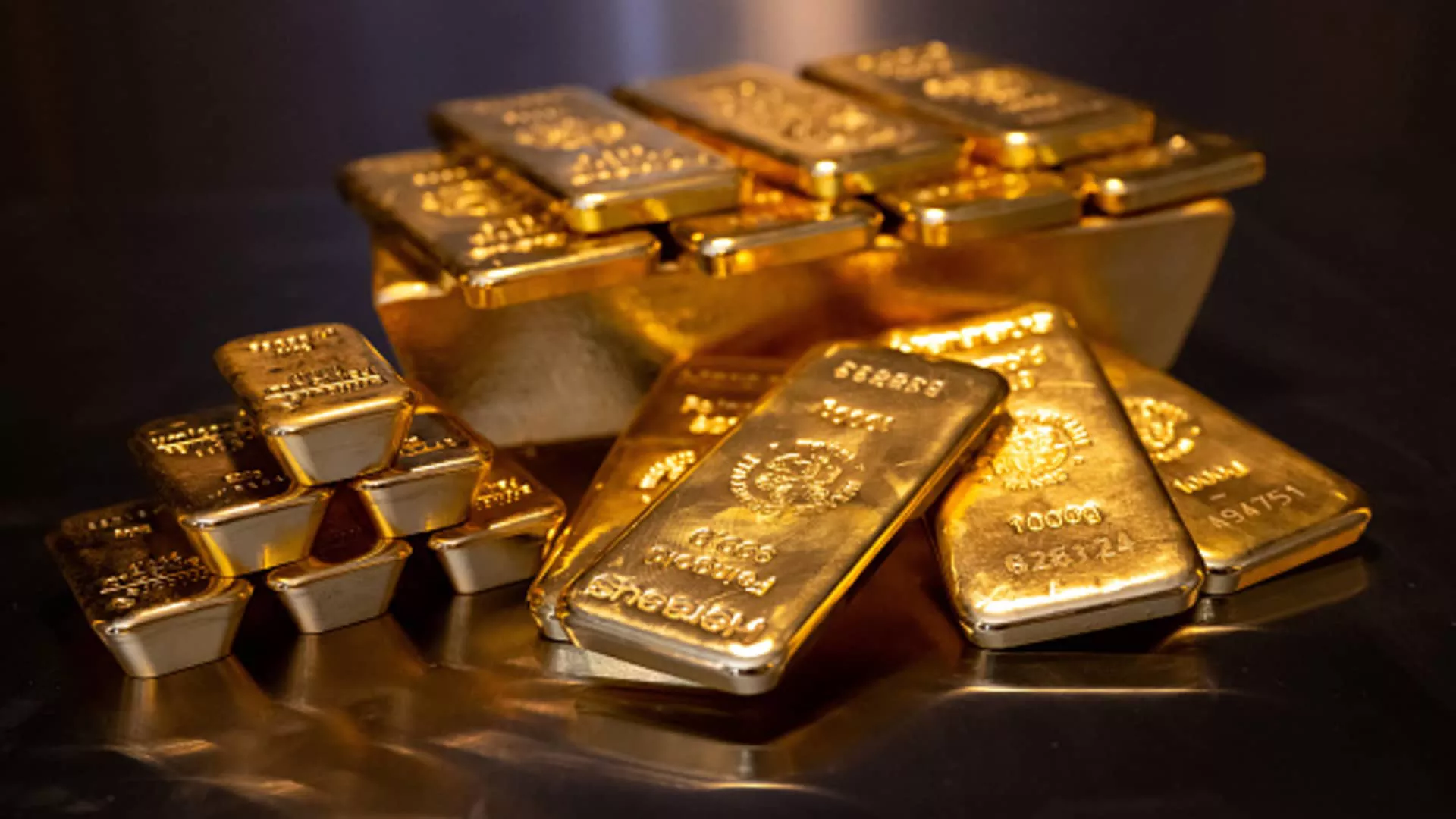Gold has held intrinsic value throughout human history, serving as a symbol of wealth, power, and stability. Its importance spans various cultures and eras, reflecting its unique properties and significance. This article explores why gold has been so valuable, examining its historical, economic, and practical aspects.
Introduction to Gold’s Value
Gold’s value can be attributed to a combination of its physical properties, historical significance, and economic roles. From ancient civilizations to modern economies, gold has played a crucial role in shaping financial systems and cultural practices.
Physical Properties of Gold
Gold’s inherent qualities make it a unique and desirable asset.
Durability
Gold is highly durable and resistant to tarnish, corrosion, and rust. Unlike other metals that can degrade over time, gold remains unchanged in appearance and quality. This durability has made it an ideal medium for storing value.
Malleability
Gold is one of the most malleable metals. It can be shaped into thin sheets (gold leaf) or drawn into wires without breaking. This property allows gold to be used in various applications, from jewelry to electronic components.
Rarity
Gold is relatively rare compared to other metals, contributing to its value. Its scarcity, combined with its desirable properties, makes it a sought-after commodity.
Historical Significance
Gold’s value has been recognized across different cultures and historical periods.
Ancient Civilizations
In ancient Egypt, gold was associated with the divine and the eternal. Pharaohs were often buried with gold artifacts, reflecting their belief in the metal’s spiritual significance. Similarly, ancient civilizations such as the Greeks and Romans used gold for coinage, jewelry, and art.
Gold as Money
Gold has served as a form of money and a standard for currency systems throughout history. The use of gold coins dates back to ancient Lydia (modern-day Turkey) around 600 BCE. Gold’s role in monetary systems persisted until the 20th century, when the gold standard was eventually abandoned.
Symbol of Wealth and Power
Throughout history, gold has been a symbol of wealth and power. Kings, emperors, and leaders have used gold to display their status and authority. The grandeur of gold objects, from crowns to scepters, has emphasized its importance in leadership and governance.
Economic Factors Influencing Gold’s Value
Gold’s value is influenced by various economic factors, including supply and demand, inflation, and global events.
Supply and Demand
Gold’s value is largely determined by the balance between supply and demand.
Gold Mining
Gold mining involves extracting gold from the earth, and the costs and challenges associated with mining can impact its price. Advances in mining technology and changes in production levels can affect gold’s supply and, consequently, its value.
Industrial Uses
Gold has applications beyond jewelry and investment. It is used in electronics, dentistry, and other industries due to its excellent conductivity and biocompatibility. Changes in industrial demand can influence gold prices.
Inflation and Currency Value
Gold is often viewed as a hedge against inflation. When inflation rises, the value of paper currencies can decrease, leading investors to seek gold as a stable store of value. The relationship between gold prices and inflation is an important factor in understanding gold’s economic significance.
See Also: Where Was Gold Found?
Global Events and Economic Uncertainty
Gold is considered a “safe-haven” asset during times of economic uncertainty and geopolitical tension. When financial markets are unstable, investors often turn to gold as a reliable store of value. Events such as economic crises, wars, and political instability can drive up gold prices as investors seek security.
Gold in Modern Times
In the contemporary financial system, gold continues to play a significant role.
Gold as an Investment
Gold remains a popular investment asset. Investors use various methods to gain exposure to gold, including:
Physical Gold
Investors can buy physical gold in the form of bars, coins, or jewelry. Physical gold provides a tangible asset that can be stored and traded.
Gold ETFs and Mutual Funds
Exchange-traded funds (ETFs) and mutual funds offer exposure to gold without the need to buy physical gold. These financial products track the price of gold and can be traded on stock exchanges.
Gold Mining Stocks
Investing in gold mining companies allows investors to gain exposure to gold’s price movements while benefiting from the potential growth of mining operations.
Gold in Central Bank Reserves
Many central banks hold gold as part of their foreign exchange reserves. Gold reserves provide a hedge against currency fluctuations and contribute to financial stability. Central banks may buy or sell gold based on their monetary policies and economic conditions.
Gold and Technology
Gold’s role extends into the technological sector. Its use in electronics and high-tech devices underscores its value in modern applications. Gold’s conductivity and resistance to corrosion make it essential for manufacturing components in devices like smartphones, computers, and medical equipment.
Cultural and Symbolic Value
Beyond its physical and economic attributes, gold holds deep cultural and symbolic significance.
Gold in Art and Jewelry
Gold’s aesthetic appeal has made it a preferred material for art and jewelry. Throughout history, gold has been used to create intricate designs and masterpieces, reflecting its value in cultural expression and personal adornment.
Gold in Traditions and Rituals
Gold plays a role in various cultural and religious traditions. For example, gold is used in wedding rings, religious artifacts, and ceremonial objects. Its symbolism often represents purity, eternity, and prosperity.
Gold as a Status Symbol
Gold continues to be a symbol of luxury and prestige. Ownership of gold items or investments can convey status and wealth, reinforcing its enduring value in society.
Challenges and Criticisms
Despite its long-standing value, gold is not without its challenges and criticisms.
Volatility
Gold prices can be volatile, influenced by market conditions, geopolitical events, and investor sentiment. This volatility can pose risks for investors and affect gold’s role as a stable investment.
Environmental Concerns
Gold mining has environmental impacts, including habitat destruction, water pollution, and resource depletion. The environmental footprint of gold extraction raises concerns about sustainability and responsible mining practices.
Inflation and Interest Rates
While gold is often seen as a hedge against inflation, its value can be affected by changes in interest rates. Higher interest rates can reduce the appeal of non-yielding assets like gold, influencing its market performance.
Conclusion
Gold’s value is a product of its unique physical properties, historical significance, and economic roles. Its durability, malleability, and rarity make it a valuable asset, while its historical use as money and symbol of wealth highlights its enduring importance. In modern times, gold continues to be a key investment, a central bank reserve, and a material of cultural significance.
Understanding why gold is valuable provides insights into its role in global finance, cultural practices, and technological applications. As a precious metal with both practical and symbolic value, gold remains a cornerstone of economic and cultural systems around the world.
[inline_related_posts title=”You Might Be Interested In” title_align=”left” style=”list” number=”3″ align=”none” ids=”3433,3335,3326″ by=”categories” orderby=”rand” order=”DESC” hide_thumb=”no” thumb_right=”no” views=”no” date=”yes” grid_columns=”2″ post_type=”” tax=””]
































